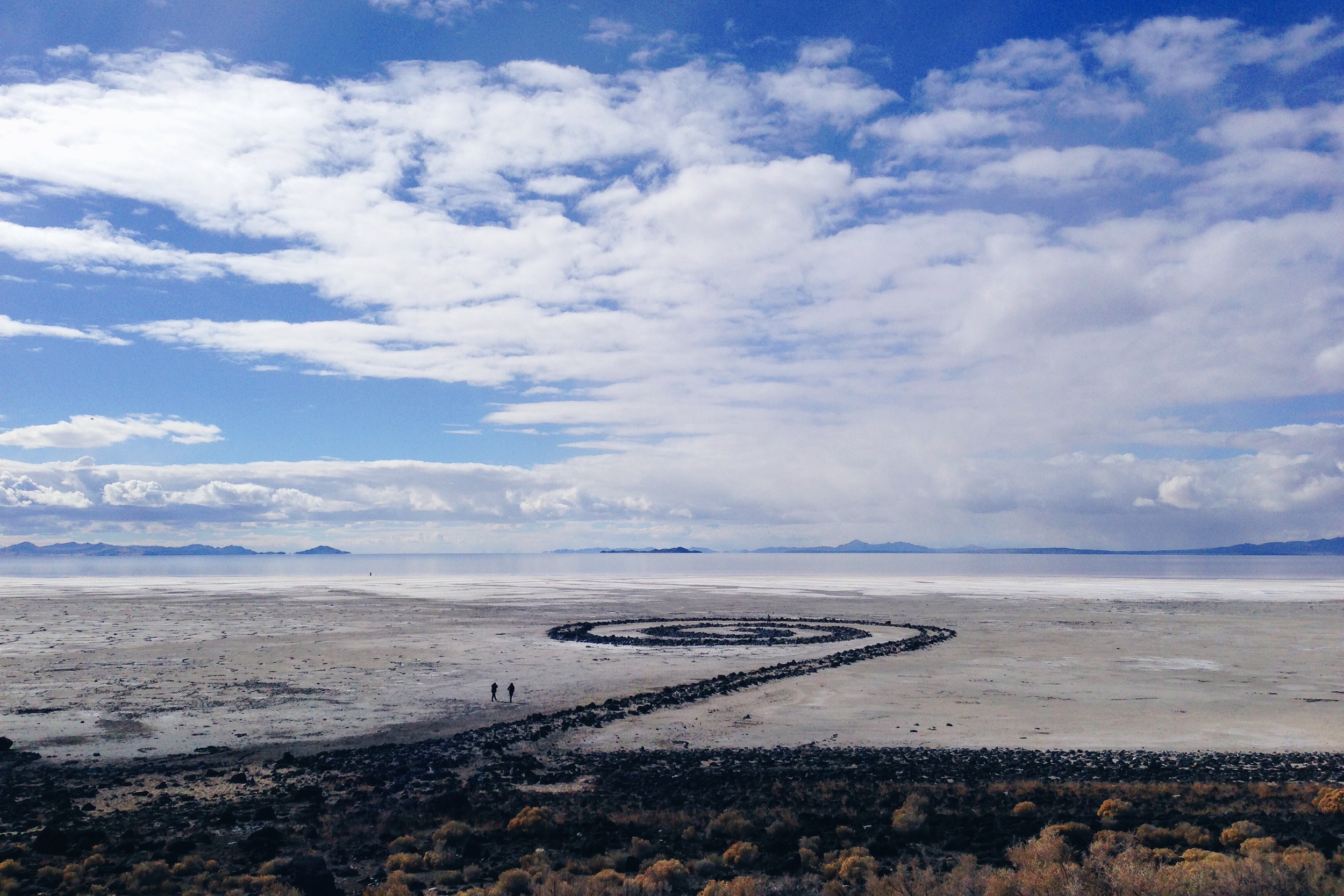Dear Everyone in the Universe….or just maybe Utah,
As many of you know, I am a landscape and garden designer delivering bespoke designs for unique sites. I live and also currently work from home in the Avenues of Salt Lake City. It's been great to work from home for the past several years as I love my space and can do laundry whenever I want to. However, I am ready to make a change.
I am looking for studio/warehouse space with high ceilings, big windows, lots of natural light, maybe some exposed brick and wood or concrete floors...in the downtown Salt Lake City/Avenues area - or Park City (as that is where most of my designs are located), to share with a few other creative or industry-related individuals/groups. Maybe this space already exists, maybe it needs to be created. I know there are shared workspaces out there already, like that Hub one…but I am looking for a strictly creative vibe around me with a real studio atmoshpere and quality characters.
Individuals with whom I would like to share an open space with:
Architects, Custom Home Builders, Graphic Designers, Metal Artists/Welders, Photographers, Fashion, Set, Costume or Textile Designers, Hairstylists, Potters, Woodworkers, Ceramists…any creative who seeks out to be and create the original and exceptional.
During the growing season I am on-site a fair amount, but still have plenty of studio hours at the drafting table. In the falls and winters, there's definitely more studio time. And when I am at the drafting table, it would be nice to have more energy than just my own in the room…someone to talk shop with occasionally and say hi to at the start of the work day.
I am throwing this idea out there to see what kind of response I get. Maybe there's someone out there like myself, who's been wanting to create and work in this type of atmosphere and is ready to make it happen. Or maybe you just know of a great space that I can check out and then continue the search for studio mates….shoot me an email if you know of a space or are interested in meeting up!
Best,
Lorien
Dreamy, no?


































